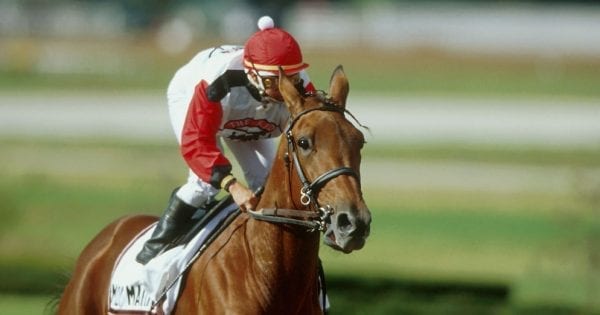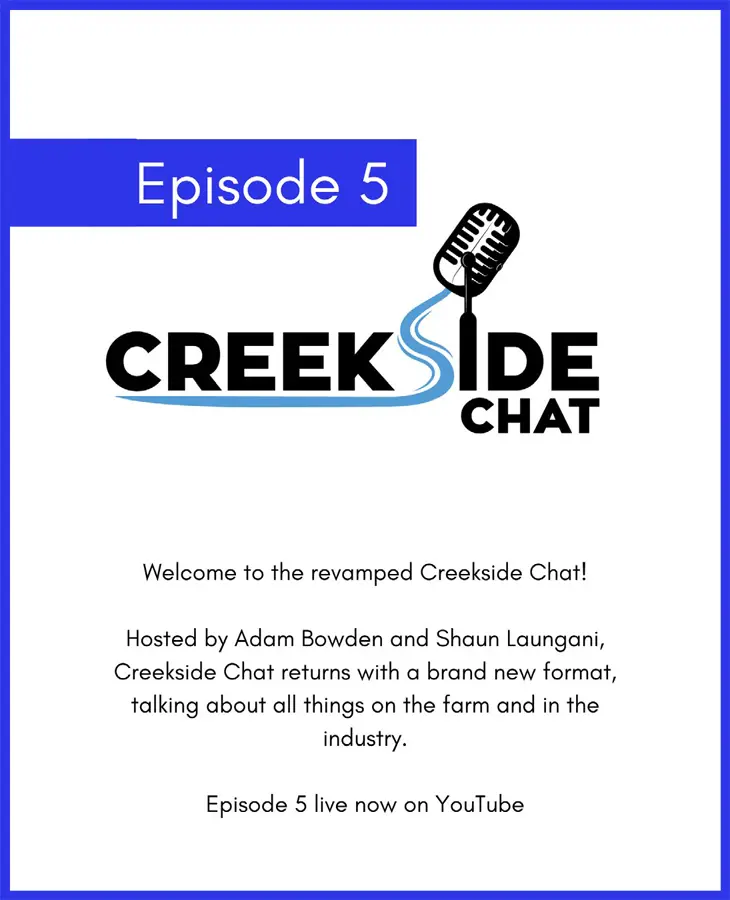
My finest hour, more shoeing advice and a horse I wish I had trained
by Ron Gurfein
Richard Carter asks: What one horse do you wish you had trained that you didn’t train and why?
This was a great question and one that took a lot of thought. Although she was born in the same year as Continentalvictory, she would have really increased my enjoyment of the sport immensely. My pick is Moni Maker, arguably the greatest trotting mare of all time. Not setting the world ablaze at two, she rebounded at three to win almost $700,000, capturing the Hambletonian Oaks, the Matron, the Zweig and the Simcoe among numerous New York Sires Stakes. Although that was more than a day’s pay, it was just the beginning. After being purchased by the Moni Maker Stable and given to Sir James Takter to train, the world became her oyster. She compiled earnings of $5,500,000 racing till the age of 7 and earning well over a million dollars every year.
Certainly, the money was excellent, but how about the great European races and the great hotels and restaurants. She would have provided me with new horizons in travel and epicurean delight. Moni Maker raced all over the continent — Italy, France, Sweden etc. In 1999, she won the Prix d’Amerique, a race I can only dream of and still do. But, to me, her win in the 1998 Elitloppet was the most impressive. She won the first heat coming from way off the pace and if that wasn’t amazing enough in the final she was parked almost the entire mile and drew off in the final stages. Her average pari-mutuel price lifetime was less than 4-5, that means if I was training I would be confident she would win every race. Unfortunately, it doesn’t work that way, but she won more than her share with some game seconds to the likes of Varenne. An interesting footnote to this is that I was actually the last person to train her. When she was warming up for her time trial under saddle with Julie Krone at the Red Mile I was standing on the track by the paddock and Jimmy (Takter) pulled her up in front of me and handed me the lines and said you should go a mile with her before she retires.
What a great experience. I went a mile in 2:09 and she felt like she was going 2:30, 7 years old and sound as can be after all she had been through, it was truly amazing. I would really be remiss if I didn’t mention the care Wally Hennessy took in driving her, that was a major factor in her longevity on the racetrack.
Jerry Glantz asks: Out of all your training accomplishments i.e: Hardesty, Franconia, Higher Power, Beat the Wheel, Continentalvictory, Self Possessed, Victory Dream etc., which do you consider your finest hour in training?
All the horses you mention were not a trainer’s dream, but many of them were pretty easy. Hardesty won a lot of money and had a strange gait. Billy O’Donnell once said to me, “Ronnie, I don’t know what he was doing on the last turn, but it wasn’t trotting.”
John Campbell got off the bike at the Meadowlands and said, “I think he needs a bigger track.”
Self Possessed was a difficult colt because his feet always bothered him and he had a tendency to switch to the pace. However, all said and done, those horses were not major challenges to train.
My finest hour came with MB Felty. The fact that he was the morning line and post time favorite to the 1991 Hambletonian is a miracle. In April of that year, Frank Antonacci called me and said he would like me to try and straighten out a Prakas colt he owned in partnership with some Swedish interests. It was far more than a challenge. When I saw the papers on the colt I was amazed that anyone knew he was fast because he certainly could not trot, the papers looked like a chicken ran across the page. His worst problem was that he would run in worse than any horse I had ever trained and his first lesson was to sleep with a head pole. As it was 27 years ago, it is beyond my memory to remember what I did to him exactly as do I not recall much of his racing early on. I think he won the Currier and Ives at The Meadows and the now defunct Gold Cup at Vernon Downs. He was 4-5 in the Budweiser Beacon Course (now the Stanley Dancer) but got locked in raging with trot and finished 5th. I cannot take complete credit for the turn around as Sonny Patterson did a great job racing the colt easy enough to instil confidence in him. He won his elimination to the Hambletonian easily and was beaten by a neck in the final. The United States Trotting Assn. archives do not go back that far so I am sorry to say the is a bit of guessing on my part. But there is no question MB Felty was my finest hour in training.
Andrew Betts asks: I was reading an article about the newest translation of the Odyssey. Which brings me to my non horse racing question. Should generational translations emphasize different underlying metaphorical truths in classic texts according to that generations societal sensibilities. Or should each translation strive to translate it as truthful as possible. I realize there is a large chance of bleed over no matter what the translator is trying to do. So the question is what should be the intent of the translators?
My dear Mr Betts this question is way above my pay grade.
Andrew also asks a question about breeding his mare to a certain stallion. It would not be in the best interest of HRU for me to give opinions on stallions as I feel it would be a conflict of interest with our advertisers.
Jeffrey Cantine asks: I am trying to learn more about the proper shoeing of trotters. What do you recommend for a two- or three-year-old that is scalping and how will the change affect his gait?
This is not a difficult problem to solve, but can turn into a nightmare if you don’t. Lots of 2-year-olds scalp, especially early on as they need to grow and they are not muscled up yet. When you see a young horse is scalping, cover him up immediately as if you let it go on you could adversely affect his gait. Horses that scalp try to compensate and change their gait to try and eliminate the problem so you must fix the situation right away to eliminate further aggravation. For starters, putting scalpers on immediately will eliminate the pain involved in hitting. Do not use trotting scalpers. I find that they have a tendency to come down more easily than pacing ones. And if you need to use the trotting ones cut the tops off and they will be less likely to come off. There are many different ways to stop a horse from scalping, most of them will work right away and if they don’t the horse will eventually stop doing it. First, take their head up one or two holes at a time till you accomplish your goal. If it doesn’t solve the problem, put tight brace bandages on behind that will definitely widen them out behind, then you can raise their hind angle. Oddly enough, what I do find is that changing front shoes slightly or even turning them around rarely helps the situation. There are many more options, too many to list now, but what we have covered should cure your problem. If anyone runs out of options contact me and I will delve further into the solution.
Thanks to all my readers for the wonderful feedback. I truly appreciate the nice comments. Next week’s key question: If you could pick one restaurant in the world to have a meal what restaurant would it be and what are you eating?
Please keep the questions coming…
Have a question for The Guru? Email him directly at [email protected] or send your question via HRU to the following email: [email protected] and put Ask the Guru in the subject line.













